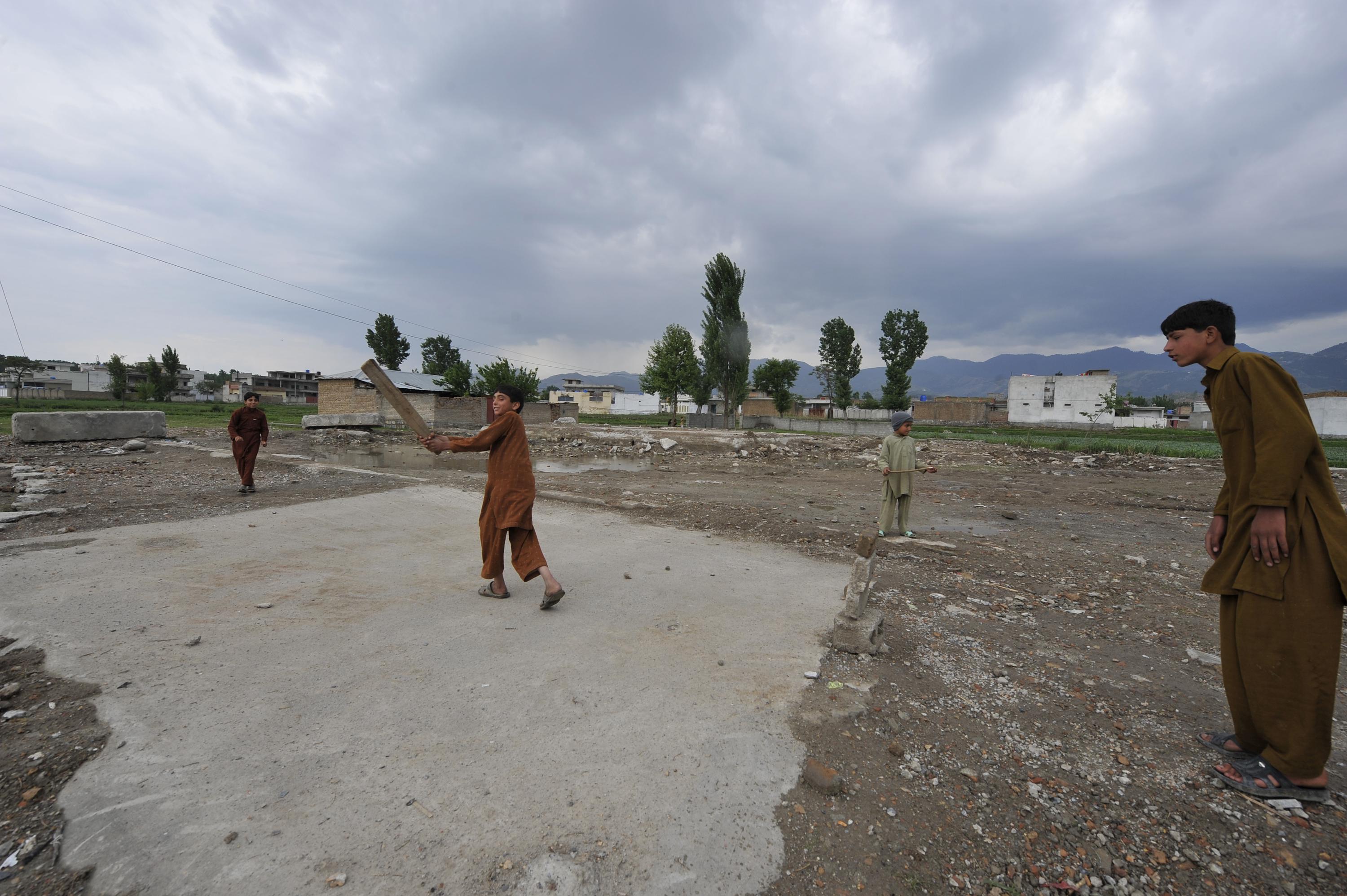Seymour Hersh’s revisionist account of the killing of Osama Bin Laden, published yesterday in the London Review of Books, is getting an extraordinary amount of attention today, and the White House took it seriously enough to publicly rebut it. This is probably entirely thanks to the fact that it has the name of the legendary journalist responsible for revealing My Lai and Abu Ghraib to the world attached to it. It’s not even a new theory.
Hersh’s article, based mostly on the account of one unnamed former intelligence official, claims, among other things, that Pakistan’s Inter-Services Intelligence (ISI) agency, with funding from Saudi Arabia, had been holding Bin Laden captive in Abbottabad in the years leading up to the raid, that the raid had been carried out with Pakistan’s cooperation after the Americans found out about the al-Qaida leader’s location, and that the documents seized from his compound were fabricated in order to make him appear to have been active up until his death. In Hersh’s version, CIA detective work didn’t lead to the compound, the U.S. learned about it thanks to a “walk-in”: an ISI agent who spilled the beans to the CIA in exchange for a reward. Hersh also writes that the original plan was to keep Bin Laden’s death a secret for a few weeks and then claim he had been killed in a drone strike, but that the White House decided to go public after one of Seal Team 6’s helicopters crashed in Abottabad. The crash, as opposed to the rest of this elaborate scheme, was apparently thought too hard to cover up.
What the story has going for it is that it is legitimately hard to believe that Bin Laden lived for so long undetected less than a mile from a Pakistani military outpost. A number of other journalists, notably Carlotta Gall of the New York Times, have tried to dig into what Pakistani officials knew and when they knew it; Gall concluded that at least some in the country’s spy service knew where the terrorist mastermind was. But this is very different from Hersh’s much bolder assertion that the Pakistani agency was keeping him under house arrest and the whole raid was staged.
It’s also true that the White House changed its story several times on what happened in the compound in the immediate aftermath of the raid, and in the years since hasn’t always been forthcoming about providing details. I’m fairly confident that the full story of the Bin Laden raid still isn’t known to the public, but even more confident that Hersh’s version isn’t that story. (For a rundown of the logical flaws in the story, read Max Fisher’s rebuttal on Vox, which points out that Pakistan wouldn’t have much reason for staging a risky U.S. raid if it was originally planning to tell the world Bin Laden was killed in a drone strike, and that the U.S. forging all the documents from Bin Laden’s compound only makes sense if al-Qaida, which has subsequently referred to the documents, is in on the conspiracy.)
Besides being illogical, Hersh’s version of events is not new. A very similar theory, including, including the ISI walk-in, the Saudis paying off the Pakistanis to hold Bin Laden, and the drone strike cover story was published in 2011 on the blog of security analyst, novelist and ex-smuggler Raelynn Hillhouse. Hillhouse, most of whose writing focuses on private military contractors, cited “sources in the intelligence community.” If her source wasn’t the same one who spoke with Hersh, they were telling a remarkably similar story, though Hersh’s version is fleshed out with a lot more details than Hillhouse’s skeletal blog post. (Update, May 8, 2015: Hillhouse has responded to Hersh’s article calling it “either plagiarism or unoriginal.”)
Hillhouse’s claim didn’t get much coverage other than an article in the Telegraph by Pakistan correspondent Rob Crilly, who didn’t exactly endorse her premise. (Crilly blasted Hersh’s article yesterday, calling it “utterly devoid of facts” and likely to appeal to the “soft minded.”
To bolster his account, Hersh prominently features the endorsement of retired Pakistani Gen. Asad Durrani, who has claimed without much evidence for some time now that the ISI was sheltering Bin Laden. But Durrani hasn’t been in the ISI since 1993 and there’s little reason to think he’s either particularly plugged in or an objective source. Thanks to Hersh’s imprimatur, assertions like Durrani’s and Hillhouse’s that have been floating around for years are now getting a much more prominent public airing. But they aren’t any more convincing now than they were the first time.
